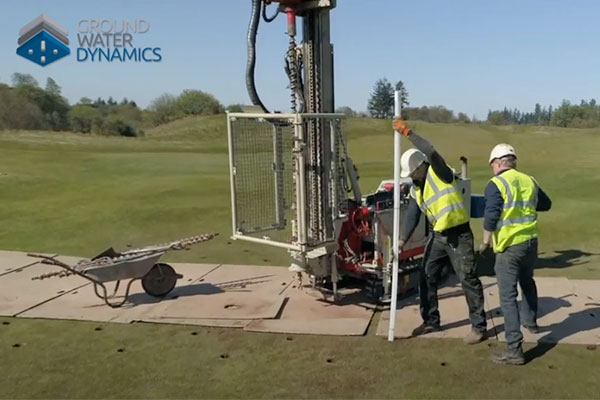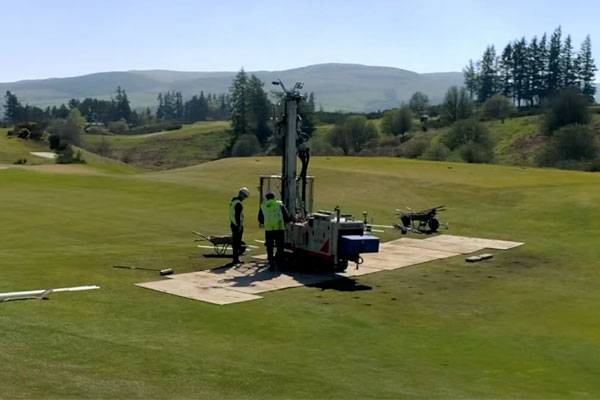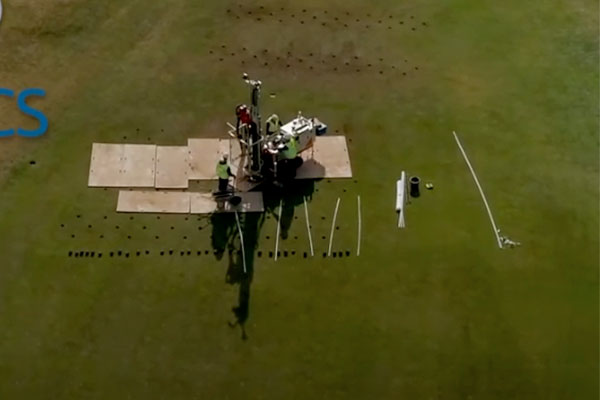Drainage Systems for Natural Turf Installations
Major rainfall events, many associated with climate change can play havoc with recreational facilities and many businesses or organisations that rely on a good dry surface for its facilities to successfully operate can be severely affected.
From cemeteries, golf courses, horse racing, parks and pitches, nuisance water is a growing problem. The very inception of the introduction of the ECO-90™ system in 2012 was aimed at dealing with the debilitating effect of localised flooding, saturated ground and standing surface water on recreational facilities. From Edgbaston Cricket Ground, Gleneagles Golf Course, Royal Ascot Parade Ring, Silverstone F1 we quickly established our Hall of Fame. Times move on and from Stanton Cemetery to Wandsworth Common and countless other installations, we have proved the efficacy of the ECO-90™ drainage system to solve these problems.
In addition, we have helped secure planning permission for new facilities that were blocked by a water company’s refusal to take storm water into their skewers. We know how to deal with storm water into their sewers. We know how to deal with storm water at source (on site), an increasingly key condition in planning based on the growing enforcement of Sustainable Drainage System (SuDS) regulations that focus on dealing with stormwater at source as a condition for planning permission.
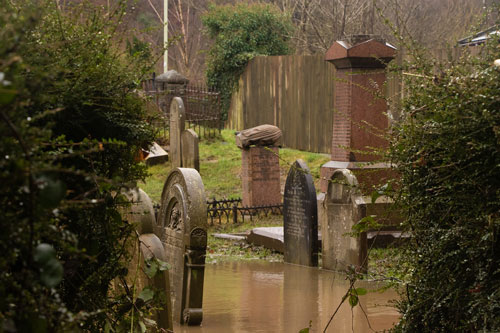
| FACILITY | PROBLEM |
| Cemetery | Loved ones cannot access graves; burials |
| Golf Courses | Closure of holes; falling membership and declining associated spend |
| Horse Racing | Cancellati Cancellation of meetings |
| Parks and Children Play Areas | Council tax levies for unusable facilities |
| Sports Pitches | Unusable facilities affecting both private and public sector |
Designing an ECO-90™ system for Natural Turf Installations
An ECO-90™system is designed to eradicate surface saturation and ponding enabling natural turf surfaces to drain efficiently. When installing into natural turn an ECO-90™ system causes limited site disruption and as a sealed system, requires no direct maintenance over time.
It is vital to investigate any site where an ECO-90™ deep drainage system is being considered. The system requires an understanding of soil stratas of any site to a depth of 12 metres and to know the height of the water table.

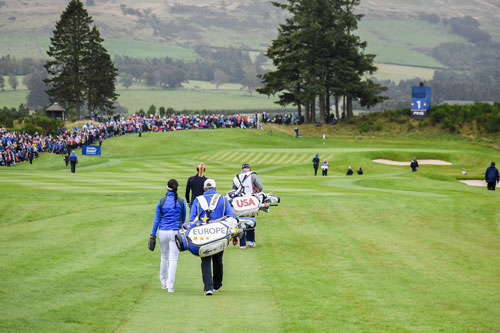
In addition, many natural turf facilities have been subject to significant compaction from day to day use by customers and by maintenance works. Technically this results in the need to analyse the health of the turf itself, the ‘profile’, because compaction can create an impossible infiltration scenario for the surface water to infiltrate to below ground soils.
We follow a three-stage approach when designing an ECO-90™ system for natural turf:
Stage 1
We take samples of the ‘Profile’ and send this for laboratory analysis. The looks at compaction levels and the permeability level. Some Profiles have almost No permeability. This means no matter what we do to increase infiltration below the surface it will be in vain because water cannot even infiltrate through the turf surface. In such cases, remedial action will be advised and we will recommend turf specialists to be engaged to resolve the infiltration quality of the Profile.
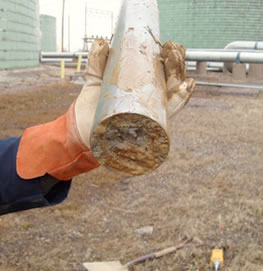
Stage 2
We produce a desk-based geo and hydrogeological report, using British Geological Survey and any recorded trial borehole records. This is a good indication of what soils and rock stratas are likely to be encountered on site and also the probable height of the water table.
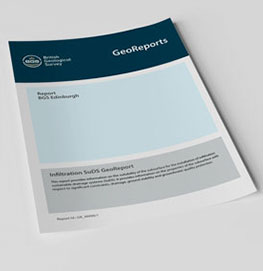
Stage 3
Provided the Stage 2 report is positive for an ECO-90™ system, we move to test-drilling to a depth of 12 metres or to the ground water level if higher. We conduct clusters of four drilled holes across a site or problem area. The clusters are drilled holes to a range of depths: 1.5m, 3m, 6m and 12m. For this we use a geo-hydraulics falling head test to a range of depths from which we extract infiltration rates.
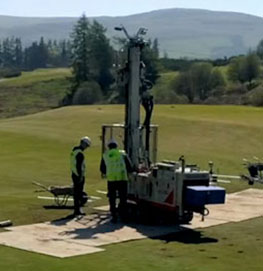
The results of Stage 3 provide us with the data we need to create a Drainage Design System for the site or problem area. Using our experience of over 300 successful ECO-90™ installs we then set out the ECO-90™ array required to deal with storm water at source (rainfall on site).
The ECO-90™ supported infiltration trench
we often install an infiltration storm trench to act as a buffer to deal with heavy rainfall
For some turf installations, such a pitches and cemeteries, we often install an infiltration storm trench to act as a buffer to deal with heavy rainfall. The trench sometimes has a geotextile filter, Inbitex that encourages the formation of microbes that in turn degrade hydrocarbons (oils). We install ECO-90s™ below the trench to carry the filtered water down from the trench into deeper soil stratas.
The small storm water infiltration trench shown below forms part of a sports fields drainage project. Installed in the base of the trench are 6 metre ECO-90s™ at 2 metre spacing and the side walls of the trench respectively have 3 metre ECO-90s™ at 1 metre centres. The cross-sectional sketch shows the positioning of the ECO-90s™ in relation to the trench and ground level. The top of the trench was finally dressed with a RT/Free draining root zone in order to ensure high levels of infiltration during storm events.
An ECO-90™ supported trench design creates a drainage asset capable of significant storm water storage before the ECO-90s™ empty the trench (half drain-down within 24 hours), which in turn creates capacity for the next rainfall event.
In some cases we will incorporate lateral (horizontal) infiltration drainage that takes storm water to a holding trench, with ECO-90™ infiltrators beneath that take the storm water into multiple soil stratas and from there the water will find its natural way to water courses or an aquifer. We have used this approach for cemeteries and grass pitches but it is intrusive to install and in most cases not appropriate for golf courses.
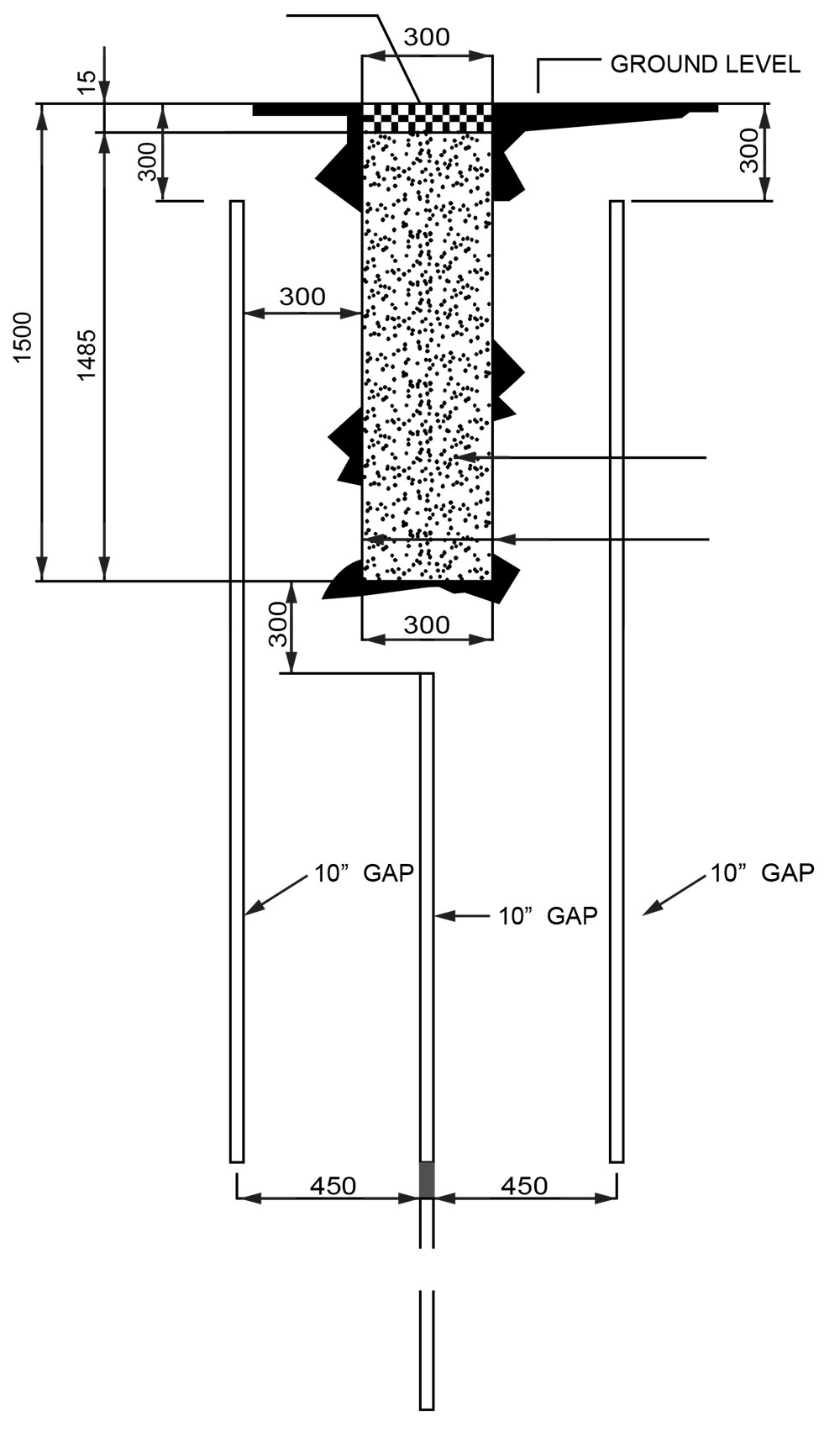
A gentle touch to installation
We take great care when installing an ECO-90™ system. Where a new facility is being constructed, installing an ECO-90™ system is straightforward, we can operate on site along with other groundwork firms without concerning ourselves about ‘spoiling’ the landscape-it is the finished works that matter. However, for an existing recreational facility we are very mindful to ensure that the installation does not damage the facility itself.
The best example of this was the work we did at Gleneagles golf course, as shown in the pictures below. We used track mats for the drill rig to ensure we did not leave traction tracks from the drill rig moving across the fairways and the green. We used green hole cutters prior to drilling the ECO-90™ installation holes and we then set aside these cut turfs, ready for reinserting them once the ECO-90™ is installed. The installation took five days and the hole was closed during this period. However, once we had completed the installation the hole was again playable and re-opened immediately. It was hard to see we had ever set foot on the Course.
“On the day of the final, Indian coach, Duncan Fletcher, not a man to issue praise lightly, hailed the net facilities as the best he’d seen”
Edgbaston Cricket Ground

